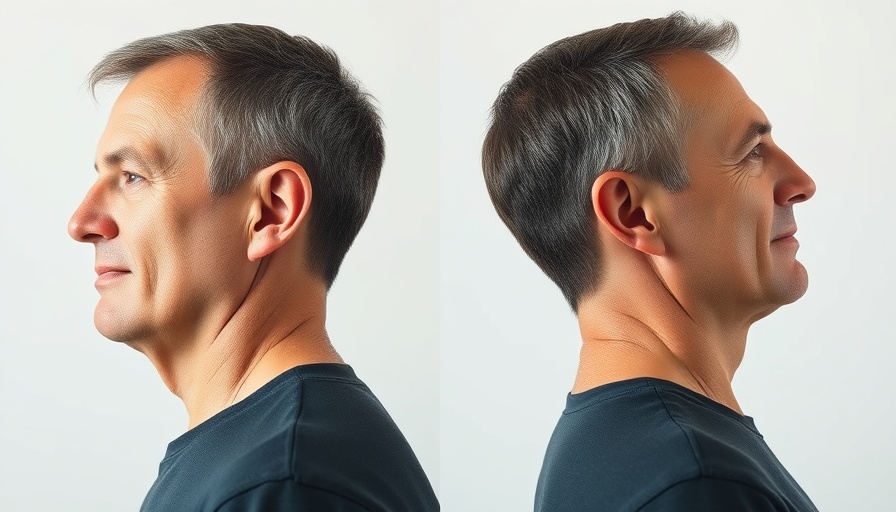
The Rising Concern: Tuberculosis Outbreak in Kansas
In recent months, Kansas has been grappling with one of the largest tuberculosis (TB) outbreaks in U.S. history. This news has raised serious alarm, especially as we learn that while TB is primarily known for its impact on the lungs, it can also significantly affect other parts of the body, notably the skin.
In Effects Of Tuberculosis On The Skin, the discussion dives into the impacts of TB beyond the lungs, highlighting how it manifests on the skin and why this matters for public health.
Understanding Skin Manifestations of TB
Perhaps one of the most troubling effects of tuberculosis is its ability to cause skin disruptions, a condition referred to as lupus vulgaris. These painful lesions appear on the skin, often presenting as nodular formations that can emerge around sensitive areas like the nose, cheeks, and eyelids. Initially, they might seem like harmless bumps, but if not treated promptly, they can evolve into serious skin ulcers, leading to disfigurement and potentially harboring skin cancer.
The Importance of Early Detection and Treatment
The key takeaway here is that TB is both preventable and treatable, especially when it's caught in its early stages. For the community in Kansas, seeking immediate medical attention is crucial. Understanding the warning signs of TB, including those physical manifestations on the skin, can empower individuals to take action before complications occur.
Emotional Impact of TB on Patients
As someone with years in patient care, I can’t stress enough the emotional toll such conditions can have. Patients often face fear, anxiety, and stigma associated with a TB diagnosis. Those with visible skin lesions may also deal with feelings of self-consciousness and social isolation. It’s vital to approach this situation with empathy and support. Communities and healthcare providers must strive to create environments where individuals feel safe to seek treatment without judgment.
What You Can Do: Proactive Steps for Skin Health
Everyone can play a role in addressing the TB crisis by being aware of the signs and symptoms. If you notice any unusual skin changes or experience symptoms like persistent cough or fever, consult with a healthcare provider. It’s essential to conduct regular skin checks and add TB awareness into conversations with your family and friends.
FAQ: What You Need to Know About Tuberculosis and Skin Health
As we delve further into the discussion of TB, let's clear some common misconceptions:
-
Q: Can tuberculosis only affect the lungs?
A: While TB primarily impacts the lungs, it can manifest in other areas, including the skin.
-
Q: Are TB-related skin lesions contagious?
A: Skin lesions caused by TB are not contagious. The contagious nature of TB primarily spreads through respiratory droplets.
-
Q: How can I help prevent TB?
A: Support public health initiatives, stay vigilant regarding symptoms, and encourage others to seek treatment if needed.
Taking Action for a Healthier Tomorrow
The video titled Effects Of Tuberculosis On The Skin highlights the importance of understanding the broader implications of TB beyond its impact on lung health. We encourage everyone to join in the conversation, share insights, and seek knowledge on this preventable disease. Remember, awareness and education are your best allies in health.
 Add Row
Add Row  Add
Add 




Write A Comment